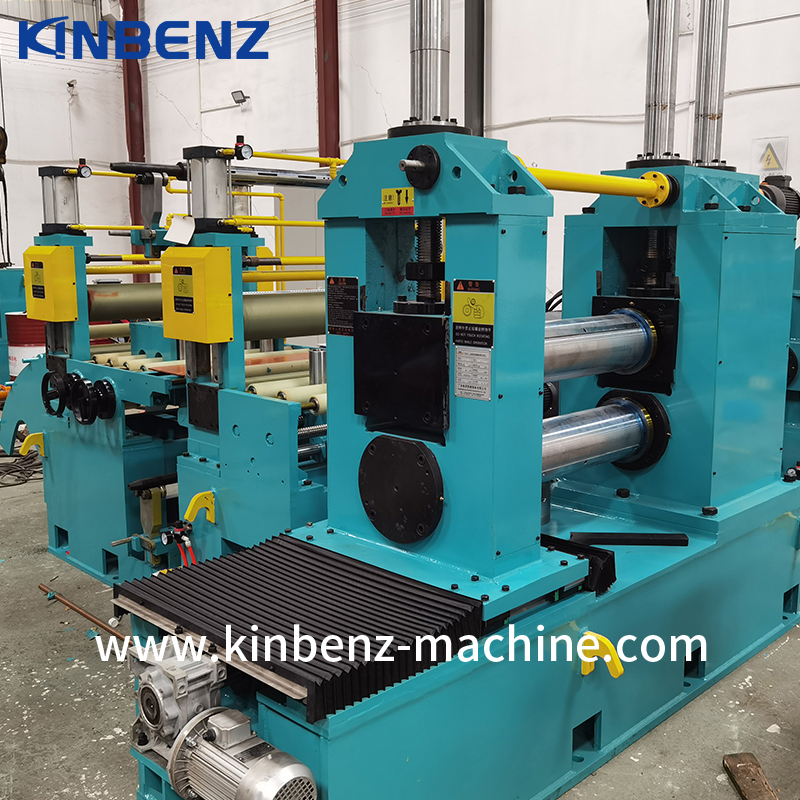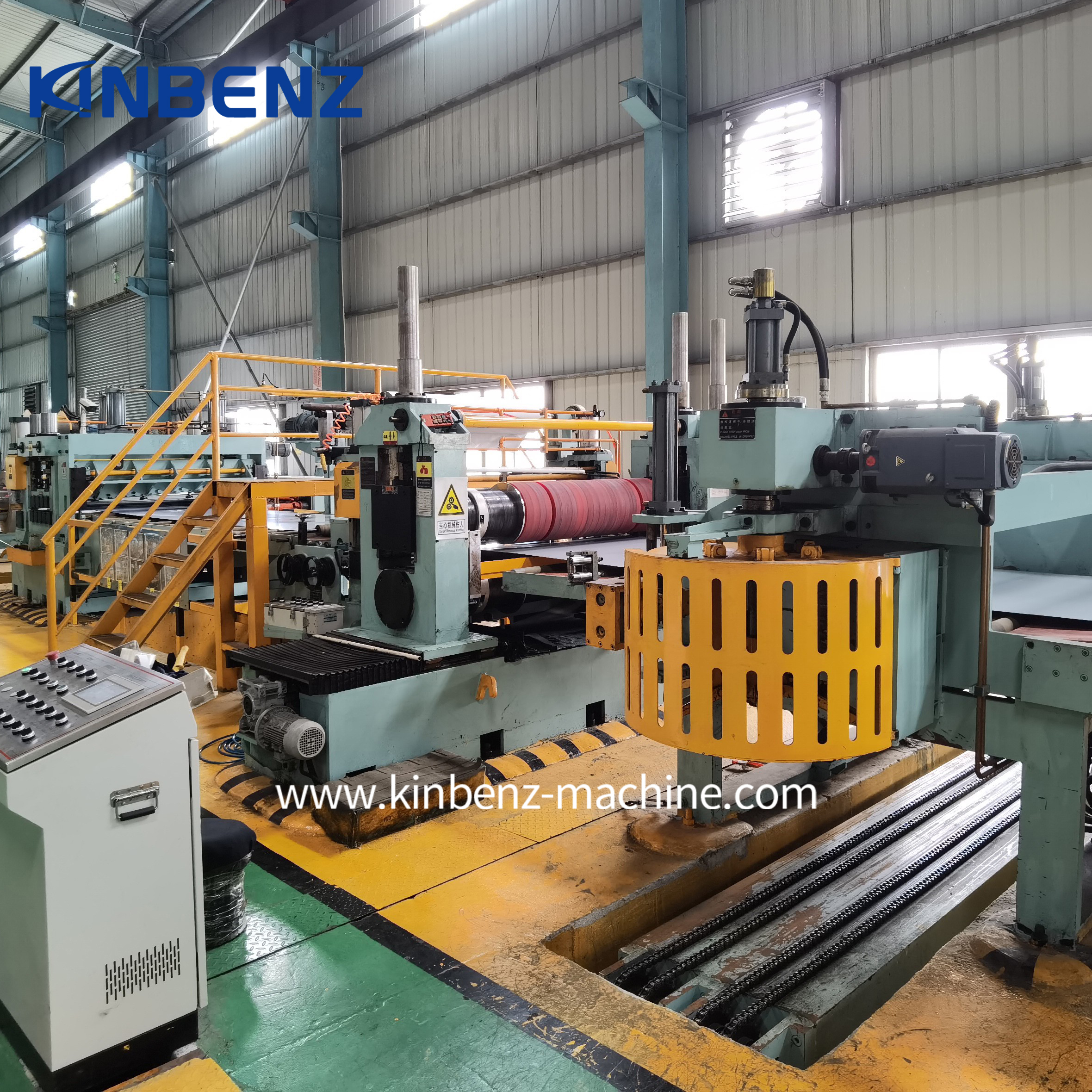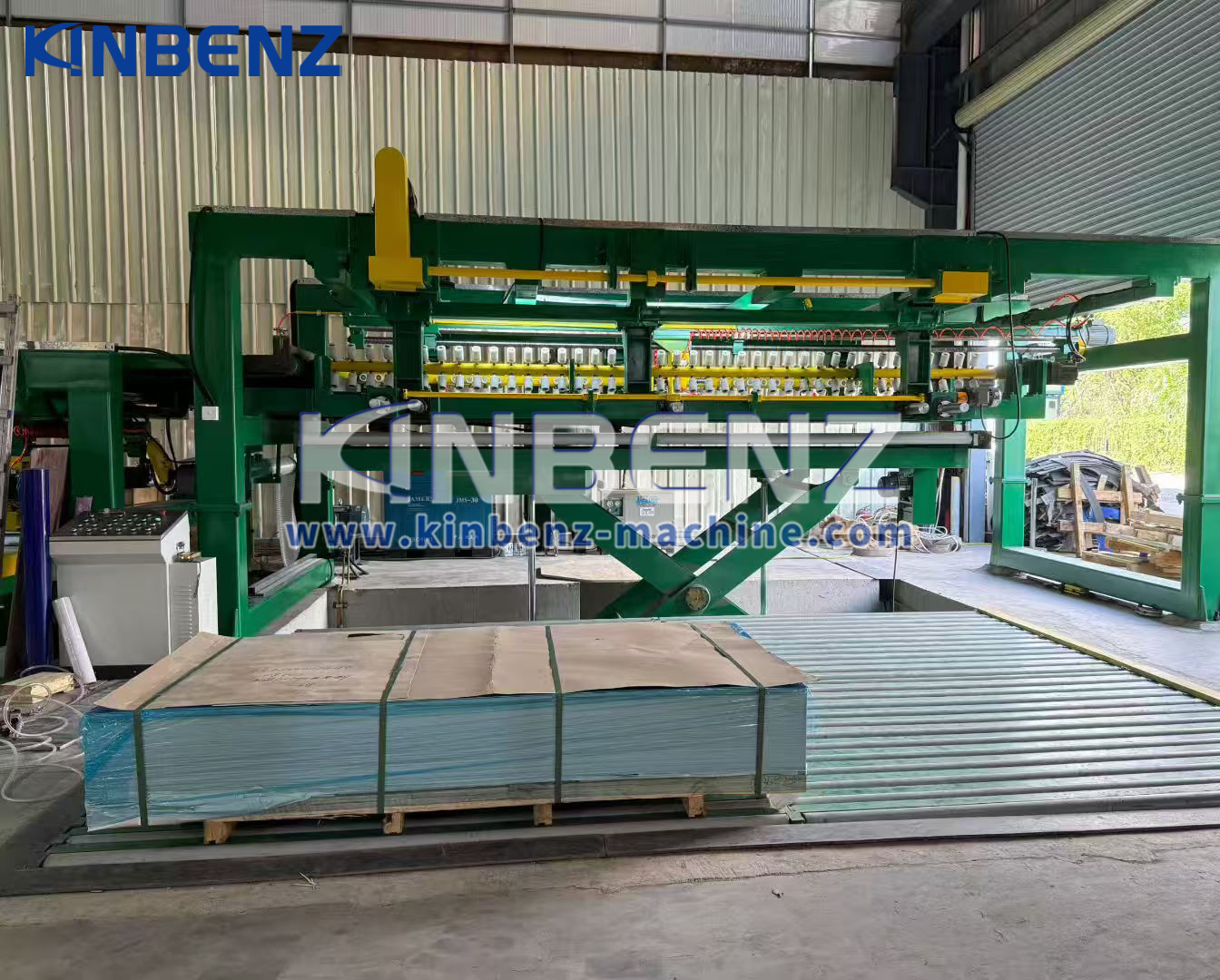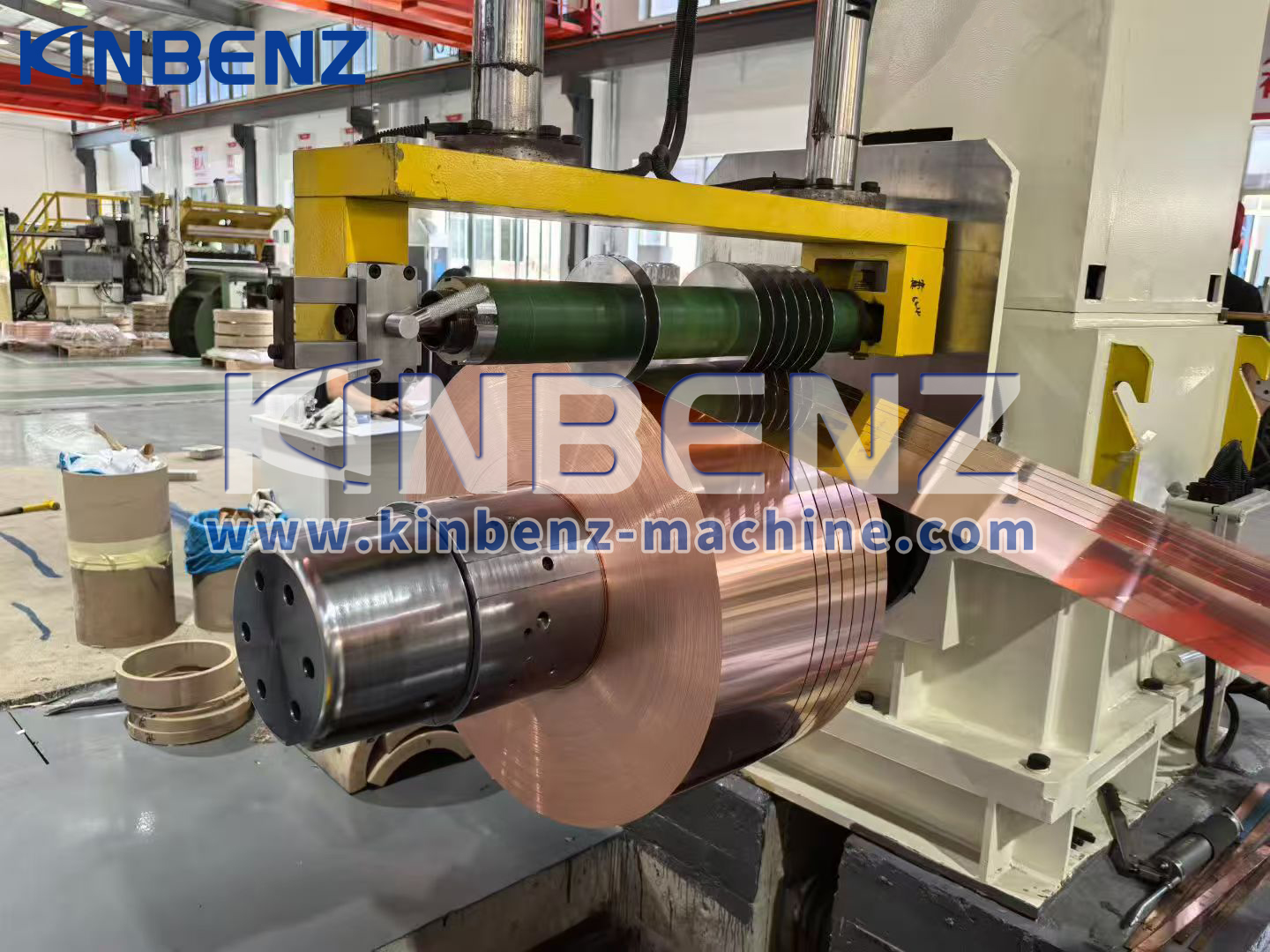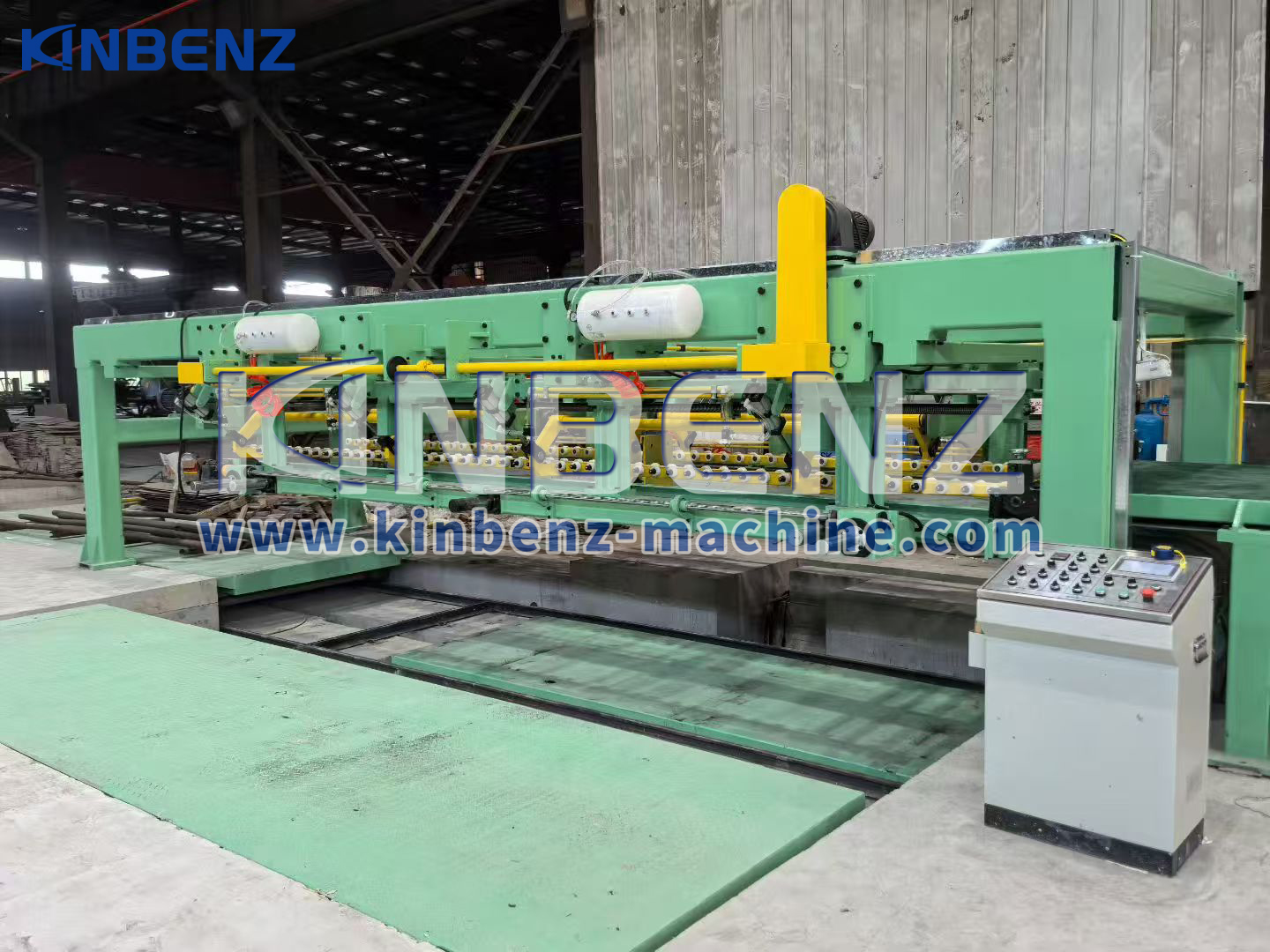|
|
How to Choose Between Slitting Line and Cut to Length Line
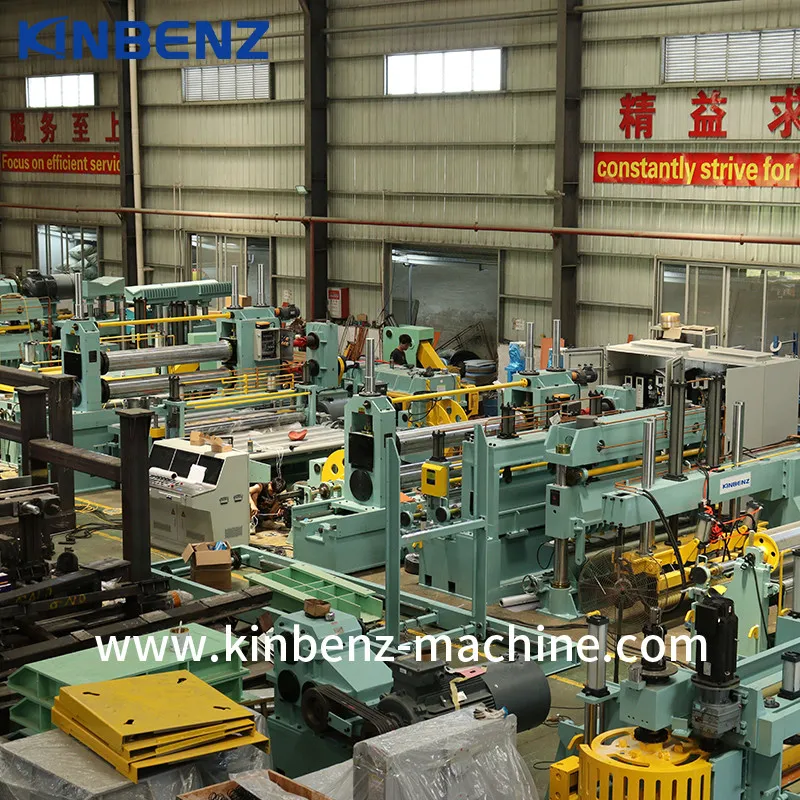
2025-08-31
How to Choose Between Slitting Line and Cut to Length Line
Choosing the right coil processing equipment is essential for efficiency, material optimization, and ROI. If you work with metal coils like steel, aluminum, or copper, you've likely encountered two main types of processing machines: Slitting Lines and Cut to Length Lines. But which one is right for your business?
In this guide, we'll break down the differences, benefits, and application scenarios to help you make an information decision - and boost your production efficiency.
FQA:
What is the difference between slitting line and cut to length line?
Slitting line cut wide coils into mutiple narrow strips.
Cut to length line cut coils into sheets of fixed length.
When should I use a slitting line?
Use a slitting line if you need narrow coil strips for tubing, stamping, or roll forming.
What materials can be processed by slitting line and cut to length line?
Both can handle steel, aluminum, copper and other metals
What Is a Slitting Line?
Slitting Line is designed to cut wide metal coils into multiple narrower coils (also known as strips). These narrow coils are rewound after slitting and used in downstream processes like pipe making, stamping, transformer winding, or even battery electrode production.
Main Components:
- Hydraulic uncoiler
- Slitter head
- Tension unit
- Recoiler
- Scrap winder or edge trimmer
Best For:
- Tube & Pipe factories
- Electrical steel applications
- Copper foil and aluminum processing
- HVAC manufacturers using narrow strips
What is a Cut to Length Line?
Cut to length line is used to cut coil into flat metal sheets of precise length. It typically includes leveling, feeding and shearing processes to ensure the final sheets are straight and within tolerance.
Main Components:
- Hydraulic uncoiler
- Precision leveler
- Servo feeder
- Hydrualic shearer or Rotary shear
- Stacker
Best for:
- Sheet metal suppliers
- Laser cutting and CNC punching factories
- Home appliance and elevator manufacturers
- Roofing and wall cladding industries
Comparison: Slitting Line vs Cut to Length Line
Feature |
Slitting Line |
Cut to Length Line |
|---|---|---|
Output Format |
Narrow coils |
Flat sheets |
Best For |
Pipes, transformers, copper foil |
Laser cutting, panel making |
Material Width |
300–2000 mm |
300–2000 mm |
Automation Level |
High (manual knife change optional) |
High (rotary shear optional) |
Required Floor Space |
Medium |
Medium to Large |
Kinbenz Customization |
✔️ Yes |
✔️ Yes |
How to Choose the Right Line for Your Business
To choose between a slitting line and a CTL line, ask yourself:
What's the finished product format?
Coil strips → Choose slitting line
Flat sheets → Choose cut to length line
What materials and thickness are you handling?
Thin foils like copper? → Slitting line with tension control
Thick steel sheets? → CTL line with hydraulic shear
Do you need OEM solutions for your market?
Kinbenz supports OEM & branding for global distributors
Kinbenz Solutions for Every Coil Processing Need
At Kinbenz, we offer slitting lines and cut to length lines are:
- Custom-built to your material specs and plant layout
- Engineered with CNC precision from out in-house machining workshop
- Backed by 30+ years of manufacturing experience
- Suitable for global OEM distributors and local integrators
Choosing between a slitting line and a cut to length line comes down to understanding your production needs and end-use goals. Whether you are working with stainless steel, aluminum, copper or other materials, Kinbenz can deliver a solution that keeps your production line efficient, your scrap low and your profit margins high.
How to Choose Between Slitting Line and Cut to Length Line
Choosing the right coil processing equipment is essential for efficiency, material optimization, and ROI. If you work with metal coils like steel, aluminum, or copper, you've likely encountered two main types of processing machines: Slitting Lines and Cut to Length Lines. But which one is right for your business?
In this guide, we'll break down the differences, benefits, and application scenarios to help you make an information decision - and boost your production efficiency.
FQA:
What is the difference between slitting line and cut to length line?
Slitting line cut wide coils into mutiple narrow strips.
Cut to length line cut coils into sheets of fixed length.
When should I use a slitting line?
Use a slitting line if you need narrow coil strips for tubing, stamping, or roll forming.
What materials can be processed by slitting line and cut to length line?
Both can handle steel, aluminum, copper and other metals
What Is a Slitting Line?
Slitting Line is designed to cut wide metal coils into multiple narrower coils (also known as strips). These narrow coils are rewound after slitting and used in downstream processes like pipe making, stamping, transformer winding, or even battery electrode production.
Main Components:
- Hydraulic uncoiler
- Slitter head
- Tension unit
- Recoiler
- Scrap winder or edge trimmer
Best For:
- Tube & Pipe factories
- Electrical steel applications
- Copper foil and aluminum processing
- HVAC manufacturers using narrow strips
What is a Cut to Length Line?
Cut to length line is used to cut coil into flat metal sheets of precise length. It typically includes leveling, feeding and shearing processes to ensure the final sheets are straight and within tolerance.
Main Components:
- Hydraulic uncoiler
- Precision leveler
- Servo feeder
- Hydrualic shearer or Rotary shear
- Stacker
Best for:
- Sheet metal suppliers
- Laser cutting and CNC punching factories
- Home appliance and elevator manufacturers
- Roofing and wall cladding industries
Comparison: Slitting Line vs Cut to Length Line
Feature |
Slitting Line |
Cut to Length Line |
|---|---|---|
Output Format |
Narrow coils |
Flat sheets |
Best For |
Pipes, transformers, copper foil |
Laser cutting, panel making |
Material Width |
300–2000 mm |
300–2000 mm |
Automation Level |
High (manual knife change optional) |
High (rotary shear optional) |
Required Floor Space |
Medium |
Medium to Large |
Kinbenz Customization |
✔️ Yes |
✔️ Yes |
How to Choose the Right Line for Your Business
To choose between a slitting line and a CTL line, ask yourself:
What's the finished product format?
Coil strips → Choose slitting line
Flat sheets → Choose cut to length line
What materials and thickness are you handling?
Thin foils like copper? → Slitting line with tension control
Thick steel sheets? → CTL line with hydraulic shear
Do you need OEM solutions for your market?
Kinbenz supports OEM & branding for global distributors
Kinbenz Solutions for Every Coil Processing Need
At Kinbenz, we offer slitting lines and cut to length lines are:
- Custom-built to your material specs and plant layout
- Engineered with CNC precision from out in-house machining workshop
- Backed by 30+ years of manufacturing experience
- Suitable for global OEM distributors and local integrators
Choosing between a slitting line and a cut to length line comes down to understanding your production needs and end-use goals. Whether you are working with stainless steel, aluminum, copper or other materials, Kinbenz can deliver a solution that keeps your production line efficient, your scrap low and your profit margins high.





